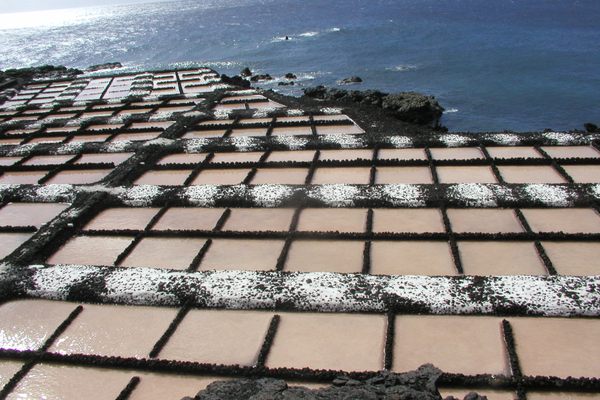About
Along the East Africa Ridge in Tanzania emerges a volcano known as Ol Doinyo Lengai, translating from Maasai to “Mountain of God.” Such a name would signify a volcano of immense power, but the defining feature of Ol Doinyo Lengai is something else entirely.
The Tanzanian volcano, sprouting over 10,000 feet tall in the middle of a plain, is the only active volcano on Earth spewing carbonatite lava instead of silica, a rare chemical makeup that yields some bizarre results. The lava that flows from Ol Doinyo Lengai is uniquely cool: At "only" up to 950 degrees Fahrenheit, it is nearly twice as cold as silicate magma.
This relatively cool temperature colors the lava black and grey in daylight, instead of glowing the quintessential red (except sometimes at night). When the lava is hardened, it solidifies as a unique shade of white. And since the magma can cool and harden in seconds once it makes contact with this atmosphere, it sometimes shatters in mid-air and sprinkles down the slopes.
Unlike the silicate magma of most volcanoes, composed mainly of silica and oxygen, the carbonatite lava emitted by Ol Doinyo Lengai contains alkali elements such as calcium, sodium, and potassium (this lava is so sodium rich that it’s a “natrocarbonatite"). Aside from the unique temperature and color this yields, the lava emitted by Ol Doinyo Lengai is also known to be the least viscous and most “runny” in the world. The lava is not just spouted from the main crater either; little peaks on the volcano’s surface called "hornitos" spew the wacky stuff as well.
For all these reasons, the volcano is a favorite among scientists, as it’s easier to study than its dangerously hot counterparts—in fact, it’s sometimes called a “toy volcano.” It's so relatively safe that reportedly a hiker once fell into the volcano once, and while burned, managed to survive.
Related Tags
Published
May 17, 2017




























